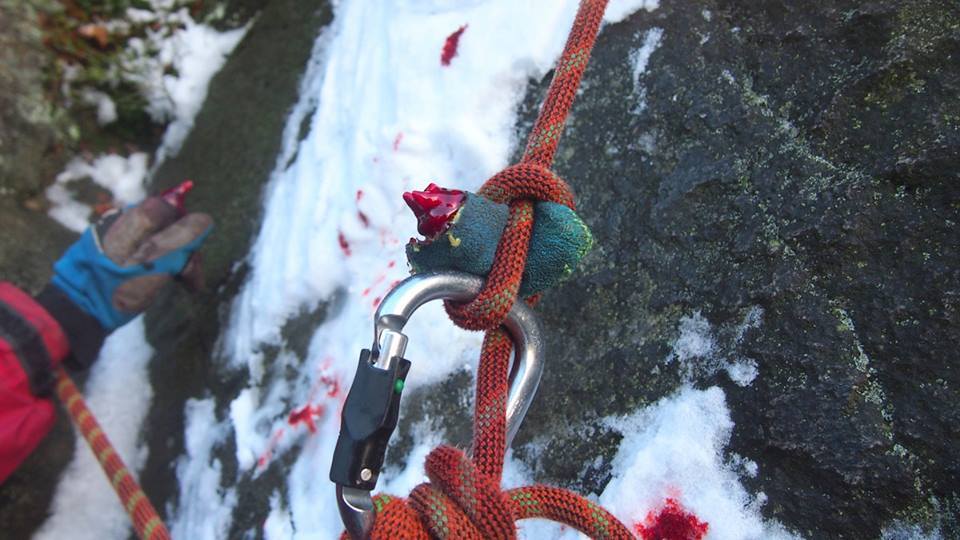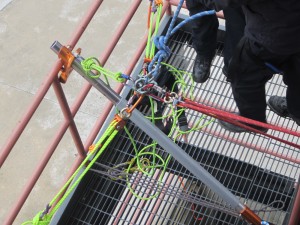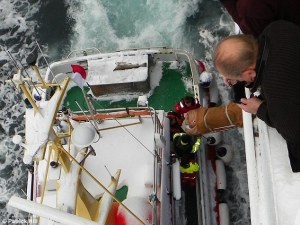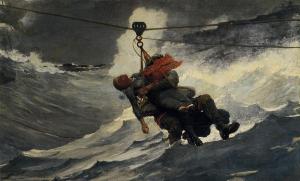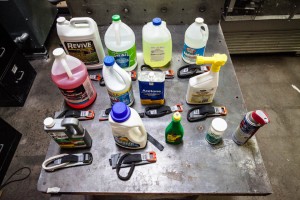If you ever find yourself in the country of Peru and are offered a ride on highline, it might be in your best interest to politely decline. If the trackline failure that we posted a while ago HERE doesn’t convince you, perhaps the videos below will.
The first video of this event shows the accident and subsequent recovery of the victim. It is interesting to see how the highline started up through a piece of metal that was used as a high directional. A little ways into the video you can see that the HD collapsed at some point, but you don’t see where.
http://www.youtube.com/watch?v=PVTdpbUBjSE
This second video shows a different viewpoint that shows the HD failing right after the rescue package hits the lines; my guess is from the shock (not intended as a pun, but I suppose it is anyhow) loading. Also of note is what appears to be a multi (20!) point anchor that looks like it just goes to a bunch of guys holding each point. Pause the video around the :14 mark to see what I’m talking about.
http://www.youtube.com/watch?v=Ngr8DbOxkO0
Three points to note:
They were lowering the rescue package VERY fast and probably could not have communicated the “Stop” command in time, even if they saw the issue coming.
There was no horizontal control line for the down hill side. It wouldn’t have made a difference here, but there seems to be a lack of highline knowledge in Peru.
The people who set this trackline up apparently had no idea how to calculate the sag in their trackline that was needed to clear objects in their path and maintain a safe number on their (obviously) sketchy anchors and high directionals.
Does your team have the ability to calculate sag before setting up your trackline or is it a calibrated eyeball and more trackline tension that you rely on?

